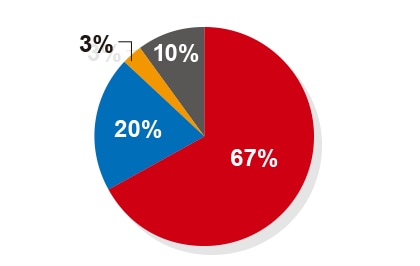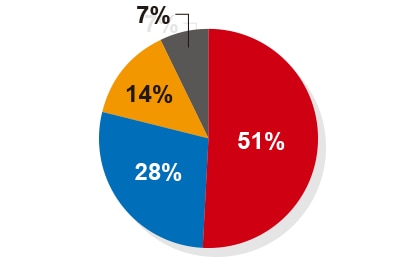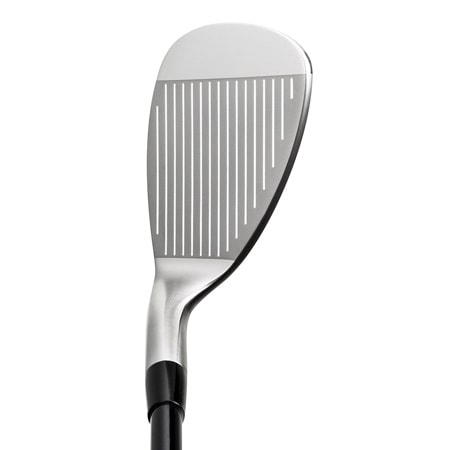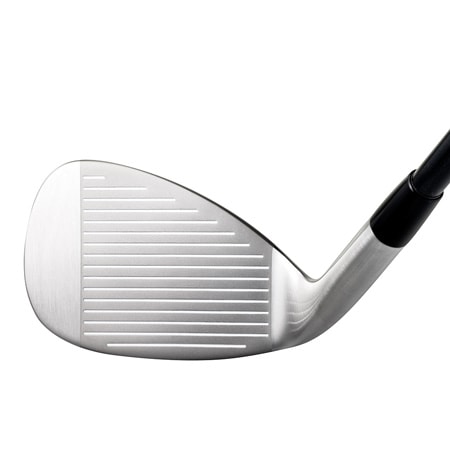We asked 100 amateur golfers!
Q. Are you good at bunker shots?

[Not good] 50%
[Good] 42%
[Neither good nor bad] 8%
Q. Why are you not good at them?

[I'm worried I won't escape the rough] 31%
[I'm worried I won't escape the rough] 31%
[I have to deal with it differently depending on the situation] 18%
[I can't visualize my trajectory so I am scared to swing] 17%
[I don't know how to hit from a bunker] 9%
To give golfers the confidence they need to solve these problems and hit the ball well,
Golf Partner teamed up with Mizuno to jointly develop the SURE DD Wedge.
Features
Why it is good for bunkers
Comparison of sand movement when duffing in a bunker
- < SURE DD WEDGE >

- < Typical Wedge >

Since the SURE DD WEDGE is equipped with a slide sole, there is no need to open its face.
Why it is good for approach shots
The slide sole glides smoothly through a variety of lie situations, not just bunkers. Making a shot with the idea that a slight duff is OK will reduce misses from topping. The club's sole is designed to slide well even during a duff, so it's hard to do too much damage.
The Super Undercut Cavity allows players to easily get height on shots, even in pressure situations like an approach that traverses a bunker.
< SURE DD WEDGE >

Even if the head hits behind the ball, the sole slides easily without lifting up the grass, generating little resistance.
< Typical Wedge >

Grass is lifted up and pulled out by the head, creating significant resistance.
Easy loft variations in various conditions
• Aiming for the green with a full shot within 100 yards.
• Approaching with a pitch and run.
• Chip-shotting near the green.
• Hitting the ball high for approaches that traverse a bunker.
• Sliding the sole for an easy pitch shot.
• Making bunker shots.
• Making bunker shots where you want to escape at all costs.
• Approaches where you want to carry close to the hole.
• Approaches where you want to hit high over hazards.
* Estimated distance is for a driver head speed of 40 m/s.





































